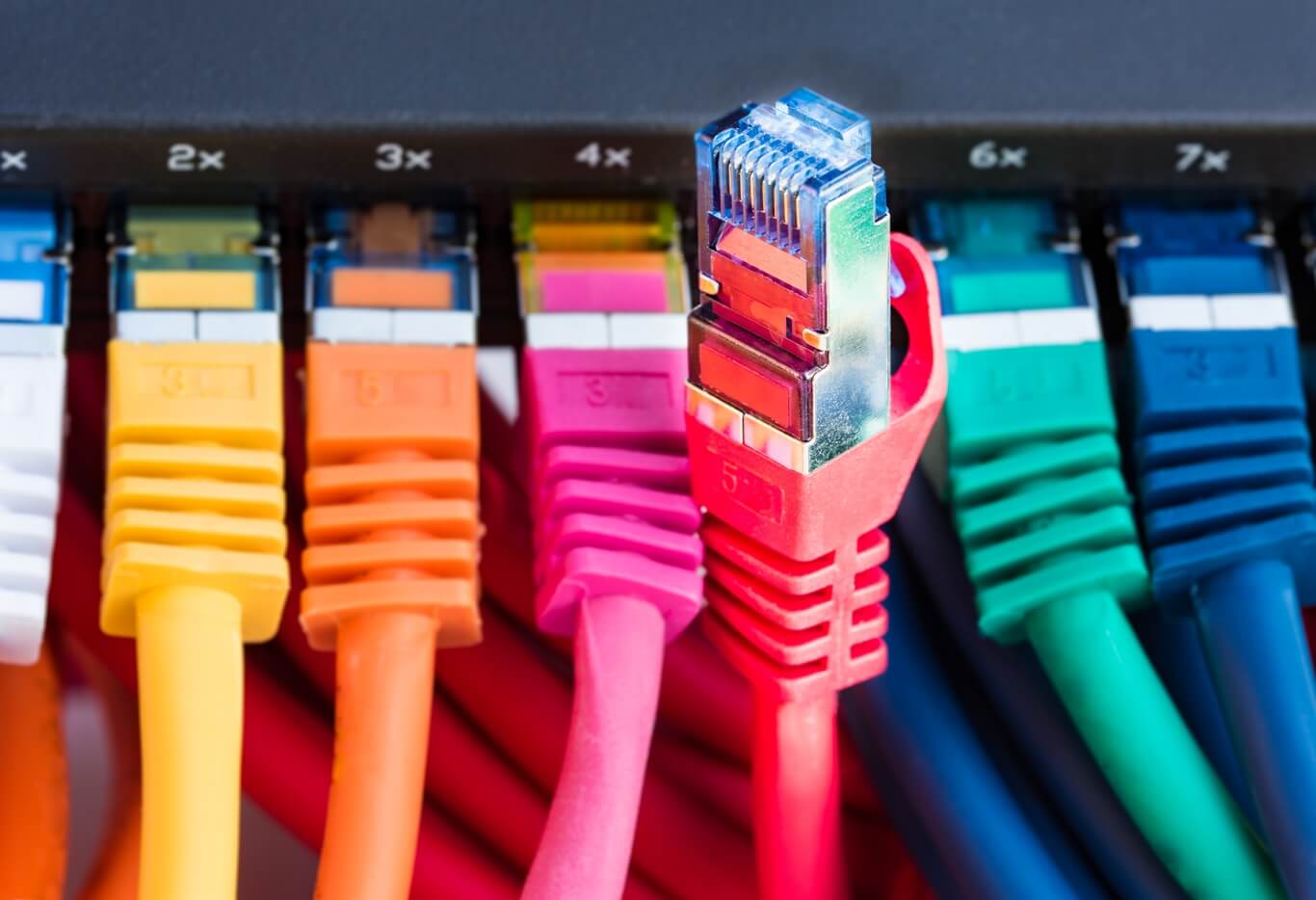G’day folks! If you’re living in Australia like me, you’ve probably noticed the ongoing buzz about the National Broadband Network (NBN). One significant shift happening right now is the move by NBN service providers towards Fibre-to-the-Premises (FTTP). But what is FTTP, why are providers transitioning to this technology, and how will it impact your broadband experience? Let’s dive in and explore all these questions and more!
Understanding the NBN
Before we talk about FTTP, let’s recap what the NBN is. It’s a high-speed broadband network designed to boost internet speeds and reliability across Australia. This is critical because it’s not just about how quickly you can watch your favourite streaming show anymore, but also about having a reliable connection for working from home and keeping connected with loved ones.
What Exactly is FTTP?
Fibre-to-the-Premises (FTTP) is one of the fastest and most reliable types of internet connections available within the NBN framework. Unlike other technologies such as Fibre-to-the-Node (FTTN) or Fibre-to-the-Curb (FTTC), which use a mix of fibre optic cables and older copper lines, FTTP delivers fibre optics directly to your home. This means you get access to faster internet speeds and greatly improved performance.
Why Are NBN Service Providers Opting for FTTP?
There are several reasons NBN providers are shifting their focus to FTTP. Here are some key advantages:
- Speed: FTTP is capable of delivering some of the highest speeds available, perfect for households with heavy internet use, such as streaming 4K videos, gaming, and managing smart home devices.
- Reliability: With fewer components susceptible to technical issues, FTTP provides a more stable and reliable connection even in peak hours.
- Future-Proof: As technology evolves and internet usage continues to grow, FTTP is well-positioned to handle increased bandwidth demands.
- Reduced Maintenance Costs: For providers, FTTP means fewer maintenance issues compared to older infrastructure, resulting in cost savings over time.
How FTTP Affects Your Broadband Experience
As areas in Australia begin upgrading to FTTP, many folks are asking, “What does it mean for me?” Here’s how FTTP can enhance your broadband experience:
- Improved Speed for Multiple Users: If your household is anything like mine with everyone online simultaneously, you’ll appreciate the boost in speed. FTTP can support multiple high-data activities at once without weakening the connection.
- Seamless Streaming and Gaming: Say goodbye to buffering when binging your favourite shows or lag in your marathon gaming sessions with mates.
- Reliable Work-from-Home Setup: For many, working from home is here to stay. FTTP offers the reliability you need for video conferences and large file uploads without disruption.
Picking the Right NBN Plan
With the move to FTTP, choosing the right NBN plan is crucial. Providers offer a variety of plans tailored to specific needs. Here’s a brief rundown:
- NBN 12: Best for individuals or couples who just need basic internet for emails and casual browsing.
- NBN 25: Ideal for small families, suitable for browsing and some streaming.
- NBN 50: A popular choice for homes with several users, supporting streaming, gaming, and work-from-home setups.
- NBN 100: Perfect for large households or heavy internet users.
- NBN 1000: Engineered for very large households or business premises with extreme data needs.
Key Considerations When Choosing an NBN Service Provider
Beyond just speed, there are other factors to consider:
- Reliability: Select a provider with a reputation for stable service, especially during peak usage times.
- Unlimited Data: Most plans offer unlimited data, which is excellent news for data-heavy activities.
- Customer Support: Make sure your provider has a record of providing stellar customer service and swift issue resolution.
- Bundling Options: If you’ve got other needs like energy or entertainment, bundling could save you money.
Setting Up FTTP: What to Expect
The setup process for FTTP might sound a bit daunting, but it’s generally straightforward. Here’s a quick overview:
- Activation Timeline: On average, FTTP connections take around 2-30 business days to activate, depending on your specific location and provider capabilities.
- Equipment Needs: You might need a new modem that supports FTTP. Providers often supply this, sometimes even bundling it with other equipment like Wi-Fi extenders.
- Installation: Some providers might charge for installation, so be sure to ask about any potential fees beforehand to budget accordingly.
The Future of FTTP in Australia
As the national rollout of FTTP continues, more areas will enjoy this cutting-edge technology, enhancing internet capabilities across the board. It’s not just about faster speeds; it’s about keeping up with the ever-evolving digital landscape, which is becoming an integral part of our daily lives.
So there you have it, folks! FTTP is not just the future of broadband but the present. If your area is upgrading, it’s time to harness the benefits and ensure you have a plan and provider that suits your unique needs and lifestyle. Happy surfing!



